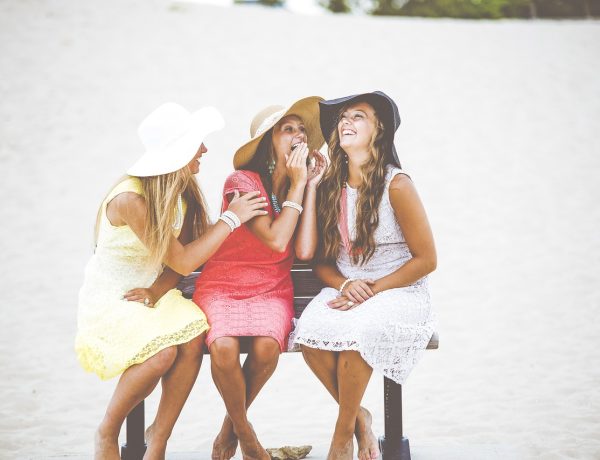Art Bigger Than Life
Whether traveling to New York, Moscow, or Los Angeles, pedestrians take notice of huge wall murals painted on predominant buildings, deemed artwork for the public. Portraits bigger than life with colorful spectrums and nostalgic reverence bare his signature. The extraordinary artist is Eduardo Kobra. Most people simply call him Kobra, raised in a low income neighborhood of San Paulo called Clear Field. As a 12-year-old, never taking a liking to school, he started tagging in schools and streets with an older group known as “Hip Hop.” Poor neighborhoods lacked youth activities, parks, and community cultural events, so joining a graffiti crew was commonplace. While most of his friends got involved with drugs, stealing, or vandalism, Kobra’s passion of tagging or graffiti resulted in expulsion from school.
His parents moved to Bauru, away from the big city, where he resumed his formal education. While others studied, his textbooks quickly became full of artful sketches. His love was drawing either on paper or in the streets. Moving away from graffiti to street art, his first critics were people, walking along the sidewalk and watching him draw, who often commented “Get a job, you bum.” Determined to prove everyone wrong, the young rebellious artist, always carrying a backpack of spray paints, continued to paint anything that wasn’t moving. Often chased by authorities, he was arrested several times for vandalizing property. The turning point in his career occurred after one of his arrests, when the judge was so impressed by the wall paintings that Kobra’s sentence was to paint a mural on the police station wall.
Street art was becoming respectable. Today, property owners actually commission artists to create distinctive artwork for their businesses and some communities promote street art by hosting street art festivals such as Wynwood Art District in Miami. In December of 2013, Kobra, along with his crew members, some having been together for 15 years, was commissioned to paint two murals creating portraits of legendary contemporary artists such as Salvador Dali and Andy Warhol, along with music icons like Tupac and Biggie. While Kobra and his team worked for three weeks painting the two murals, thousands of onlookers watched, some for a few minutes, many for hours at a time, and some returning every day until the art was completed. Speaking very little English, the friendly artist always managed to say “Hello” and sign autographs for his fans. Television personnel from PBS were always in view, filming and recording any conversation involving Kobra and his crew. The cameras followed Kobra and Cliché’s Terry Check to a restaurant, and filmed a luncheon meeting with discussion of Kobra’s gallery exhibitions and street art for the USA in 2014.
The Portuguese artist, always listening to Brazilian music on his iPhone, selected a theme that personally moves him as an artist, such as Tupac and Biggie, created a paper sketch of his subjects, then added a kaleidoscope of color inspired by the artist’s interpretation of his subject’s inner spirit. His crew prepared a blank wall, often times painting over the work of previous artists (with the property owner’s permission), by drawing a large graph-like matrix numbered along one axis and lettered across the other axis. Using black paint, the facial features are added, followed by skewed lines and fill colors. With the addition of more details, the mesmerizing painting comes to life as the portrait’s eyes reveal the subject’s soul and the artist’s inspiration.
During one evening, Kobra, his crew, and Terry Check got into a discussion regarding street art and its mass public appeal. Unfortunately, street art is short lived. Sometimes the artwork is painted over by another artist in just a few days or hours after the artwork is finished, or the street art is painted on a building scheduled for demolition, such as the mural of Tupac and Biggie, which is scheduled to be destroyed within a few months, making way for a new building.
The two murals were finished three days ahead of schedule, and for most street artists, it would be time to enjoy Miami’s beaches, girl-watching, and parties. Instead, Kobra decided to create another portrait on canvas, artwork that would not be torn down or painted over by another artist. Kobra painted, perhaps his most famous portrait, a self-portrait reflecting his life, imperfections and continuing journey as an artist for the people. WRITTEN AND PHOTOGRAPGHED BY TERRY CHECK


